Today, we’re going on a tour of China’s YouTube—Bilibili.
In this post, I’m going to show you
- the homepage,
- a few videos,
- the user interface, and
- the main features (some of them quite weird).
Hopefully, by the end, you will have a feel for what it’s like to be a regular user of Bilibili.
But before we delve in, I’ll give you a bit of background about the platform and how it began.
I tackled this topic a few years ago in a 13-minute video. This blog post is an updated and revamped version of that original video.
Bilibili’s Beginnings
Bilibili started as a site about anime, comics, and gaming (ACG) culture, which accounted for most of the content on the platform.

Nowadays, there’s quite a bit more on there.
A great deal of the content is related to entertainment: dance, music, having fun, and these kinds of things. But you can still get that ACG vibe from the way it looks and feels.
Even in its ACG days, Bilibili has always had a lot of user-generated content, noticeably more than other platforms.
Besides, Bilibili, China has quite a few different video platforms: Tencent Video, Youku, and iQIYI, to name just a few.
The main page of Tencent Video looks like this:
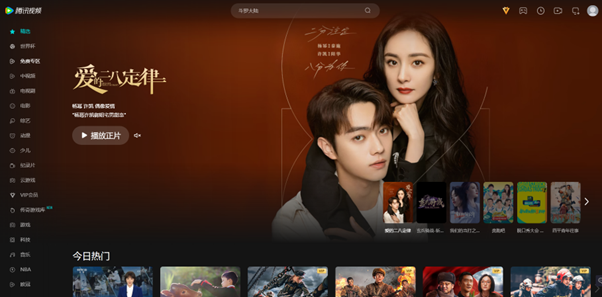
Most of the other video platforms are more like the Tencent Video example above, and as they contain a lot of TV shows and movies, you could compare them to Netflix.
In China, there’s no separation between a video platform (like YouTube) and a movie and TV show-streaming site (like Netflix).


If Tencent Video (left) is more Netflix-ish, Bilibili (right) is definitely more YouTube-esque in how it feels and how people use it.
Bilibili attracts a younger user base, with users in their teens to early thirties.
In Canada, everyone uses YouTube regardless of their age…well, almost everyone; in my family, my parents, and older family members all use it. However, on my wife’s side of the family over in China, not all of them are using Bilibili, but I’d bet that many of the younger ones are.
Bullet Comments
Let’s check out what a video looks like on Bilibili.

Notice anything a bit weird?
At the top of the screen, you can see pieces of Chinese-language text superimposed over the video. These are user-added “bullet comments” introduced at specific points of the video, which then fly across the screen.
This is a way for users to watch the video and interact with the content and other users simultaneously.
You might be asking yourself: Why would users want to see all those comments all over the place and flying across the screen at high speed?
One theory (which I’m not 100% sure of) is that Chinese characters are easily interpretable in this format.
If the same bullet comments were applied to a YouTube video, the English language sentences would be much harder to follow. Compared to Chinese, English words are longer, and the sentences cover more horizontal space.
The (Un)Usual Features
It’s worth mentioning that like other platforms (e.g., YouTube), Bilibili has a lot of free content; however, some users pay a subscription to access more types of content and unlock certain features.
Some of Bilibili’s video features you’ll also find on YouTube.
Underneath the video, you have the following options.

You’ll probably recognize these from other social media platforms as well. From left to right: You have the (hopefully) recognizable like 👍, favorite ⭐, and share buttons![]() .However, there’s one thing a little different here, and it’s unique to Bilibili.
.However, there’s one thing a little different here, and it’s unique to Bilibili.
Coins > Likes
In between the like and the favorite button is an option to give the content creator a “coin,” which is a way of supporting the creator.
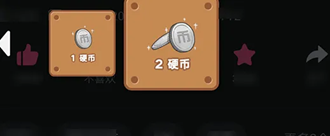
Coins are maybe a bit stronger than a regular “like” because users only have a limited number of them to use. A user can give an infinite number of likes, but they can’t do this with their coins.
The content creators can then use these coins to buy things within the platform.
Underneath the video, we have a comment thread. These are the regular comments (not the bullet ones), where users talk about the video as a whole rather than placing a bullet comment at a specific moment within the video as it plays.
YouTube to Bilibili
Ever wanted to know how to get rid of a wasp nest with a vacuum cleaner? Bilibili has a video for that.

You’ll find that a lot of the content on Bilibili comes from YouTube, and you’ll usually see the original URL posted underneath the video, so you know the source.
Personally, I don’t think this is official content. It seems like it’s normal users taking YouTube videos and reposting them here. This happens with both amateur and professional content, for example, music videos are something frequently reposted.
A Test??!!
Here’s another weird feature.
To become a real or a higher-level user of Bilibil, you need to pass a test.
Passing the test will allow you to do things such as post bullet comments, add hashtags, and buy invitation codes to invite more friends Bilibili doesn’t want just anybody posting comments that go right on top of the videos.
So, the actual test isn’t super difficult. Some of the questions can be a little tricky, but you can repeat the test as many times as you want, so it’s not that hard to pass.
I’m on question 27 out of 100, which is asking me how I should behave when watching a video in the science section.
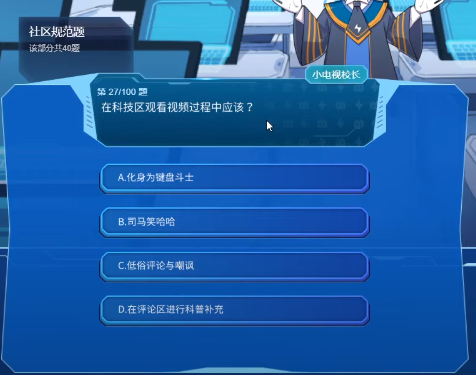
The test is multiple choice.
Should I be
- a keyboard warrior,
- posting vulgar comments,
- contributing to the scientific discussion?
I think the answer is pretty obvious for this one.
The test serves as a way to educate users on social media etiquette. If the users want the ability to use bullet comments, they need to show Bilibili that they know how to behave civilly.
Live Section
Are you familiar with the streaming platform for games, Twitch?
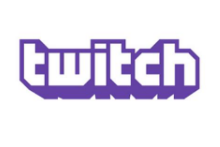
Twitch is a good point of comparison as it is quite different from YouTube in how it feels, but it’s closer (I think) to Bilibili’s live section.
Due to its ACG origins, you’ll find a lot of game-related content on Bilibili. Here’s a livestream of an eSports event.

Besides this, you’ll also come across quite a few videos of people…just talking.
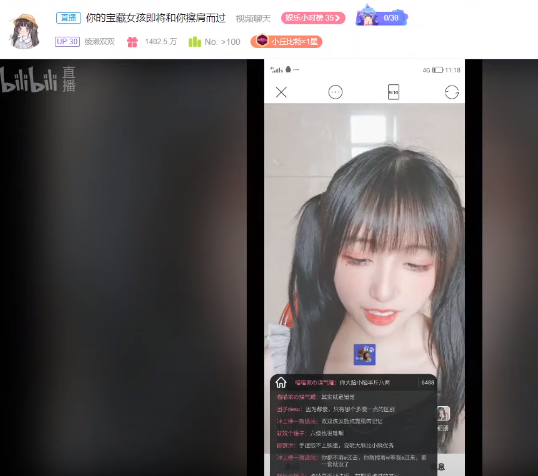
In the image above, a girl is having a video conversation on her phone with an audience of fans, followers, friends, and random users who may have just stumbled across her livestream. As the host talks, users in the audience can post comments and interact directly with her.
Twitch users will understand what I’m talking about.
If you’re not a Twitch user, watching somebody playing a video game or a stranger talking might sound a bit weird to you.
In terms of watching a person or a group play a video game, I’d say it’s a bit like being a spectator at a sports match.
Esports is an extremely popular form of entertainment now, and people like to watch players (or teams) who are much better than they are.
As for the live conversation, that’s more of the relaxed feeling of chatting or hanging out with a friend or a girl/boyfriend.
Something that took me a while to get used to is the way users alter their appearance with different filters and facial augmentation software.
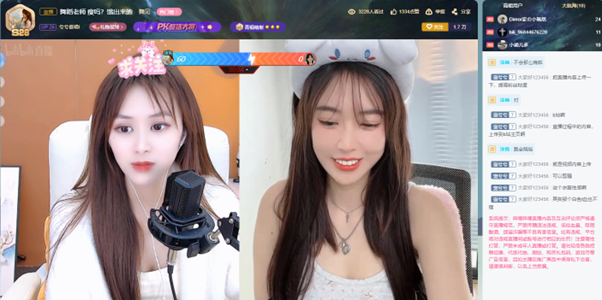
Games Section
Staying true to its ACG roots, Bilibili’s number one source of recent revenue comes from games.

The games are not played on Bilibili’s website, but you can download them directly from this section.
Alternatively, Bilibili videos may promote the game and provide a link to where the game can be downloaded.
Music
Can you make out what’s happening in the music video below?
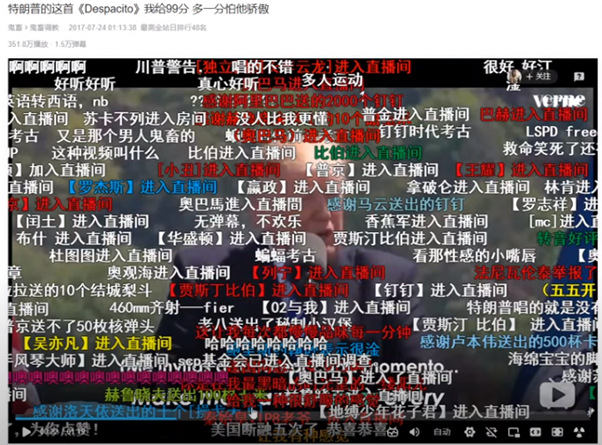
It looks like a wild free-for-all, right?
The number of bullet comments makes it very difficult to see the content underneath, but that’s a music video of Donald Trump singing “Despacito.” The type of bullet comments range from Anti-Trump sentiment, people saying “fake news,” and others who find it funny.
Naturally, there’s a lot of Chinese music on here. However, when you find music from other countries, it tends to be reposted from other places.
In my opinion, I’d say that Bibilibi is not the go-to place for music, whereas YouTube fills this role in a lot of other countries.
I’m currently 39, and back in my day, we relied on MTV for our music. Nowadays, It feels like a lot of the younger generation—especially in Canada and North America—use YouTube to access music videos.
This is not really the case for Bilibili.
In China, there are many other places where you can find music videos, such as QQ Music, NetEase CloudMusic, and Kugou Music.
Restricted Content
Notice anything different about the video below?

No bullet comments are crowding the screen in this video. You’ll also find fewer regular comments in the thread underneath.
That’s because the Chinese censors consider Winnie the Pooh a sensitive topic. You may have heard the story already, but those who haven’t might think I’m joking.
A few years ago, somebody posted online a picture of Winnie the Pooh and Tigger next to a picture of China’s leader, Xi Jinping, and Barack Obama.
It seems that somebody in the Chinese leadership didn’t like the comparison, so Winnie the Pooh became a restricted topic.
I’m surprised that there’s even a video on here. As it turns out, Winnie the Pooh videos (or at least this one) are allowed, but there are very few of them, suggesting some may have been deleted/restricted.

Of course, more contentious topics or items wouldn’t be allowed on the platform at all.
Business Content
Besides all the entertaining stuff: the cosplay dancing and the videos of Donald Trump autotune singing, you’ll also find business-related content on Bilibili.
For example, in the image below, we have a course designed by Amazon.
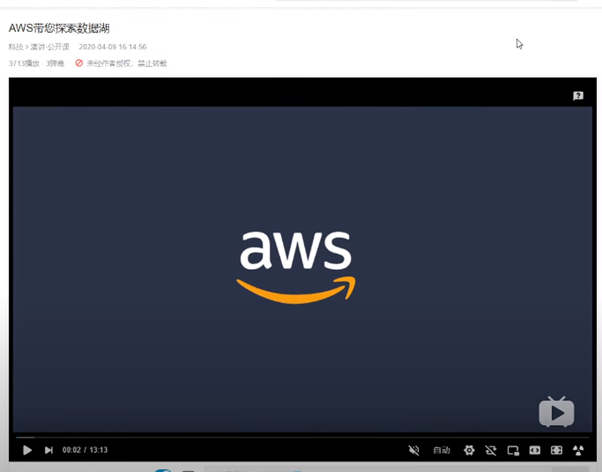
Aimed at Chinese software developers, it shows Amazon’s web services and how to use them.
The course is organized in a way so you can work through individual sessions at your own pace and learn quite a bit as you progress through the course content.
So far, we’ve looked at game livestreams, anime, coins, and eSports. You might be asking yourself if this kind of educational, business-course content really fits on the platform.
Bilibili’s content base is increasingly becoming broader, and it’s a convenient way for people to come in here and interact with the content. Once a user finishes a section of their business course, they can then visit the Bilibili’s games or music section to relax.
Each video on Bilibili will have a code. By copying the code, you can share this type of content in other places too.
See the video underneath for an example. We reposted content from Bilibili to our own influencer account “Tait Neng Shuo.”
Education Section
This is the final stop on our tour.
The education section contains both free content and other videos that require payment to access.
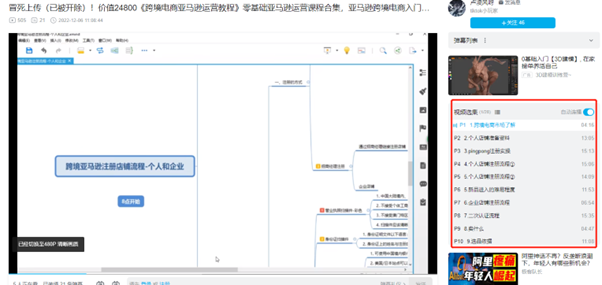
The image above is for a video in the economics section, and we can check out the first few videos in this series for free. If you want to see or learn more, you need to pay to unlock additional videos.
For this course, it would cost the user 168 “B-coins” for 30 additional episodes.
These B-coins are not the same coins I mentioned earlier, the ones that allow users to support their favorite content creators. These B-coins are for financial transactions on the platform.
This is the type of content users are usually prepared to pay for.
If the user already has a subscription to Bilibili, then this will give them access to more content, higher-level resolution videos (more than 1080p), and a few other benefits, such as converting B-coins into real money (one B-coin equals one Chinese yuan).
Contact Us
And that concludes our tour of China’s YouTube, Bilibili.
I hope this has given you a good feel of the platform and what it’s like to be a regular user.
Want to know more about Chinese online culture or marketing? You can check out our other resources on our China digital marketing 101 page.
As usual, if you have any questions, thoughts, comments, or ideas for a topic you’d like us to cover in-depth in one of our blog posts, please leave a message below.
